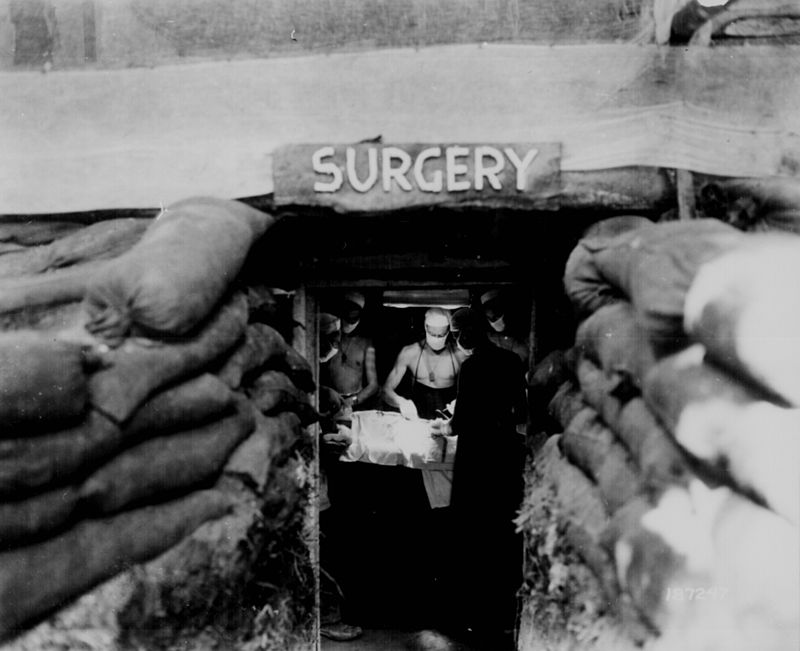Damage control surgery: a constant evolution
Keywords:
Trauma Centers, Korean War, Operating Rooms, World War II, Military Personnel, Hypothermia, Laparotomy, Fellowships and Scholarships, Information Technology, Colombia, Damage control surgeryMain Article Content
The story of trauma resuscitation is similar to that of many other advances in medicine: described, forgotten, reinvented, ridiculed, and finally accepted. Even after acceptance, the concepts go through periods of neglect and indifference before they are tried and enhanced, till the next advance.
Damage control, a strategy for management of critically injured or ill patients, is a prime example of this phenomenon. It reminds us of the famous words of Oliver Goldsmith in 1761: “for he who fights and runs away, will live to fight another day, but he who is in battle slain, will never rise and fight again”. Damage control was based on the recognition of the lethal triad of hypothermia, acidosis, and a coagulopathy resulting from massive blood loss, large-volume resuscitation and ischemia-reperfusion. It was an approach that J. Hogarth Pringle from Glasgow, Scotland, suggested in 1908 with his principles of compression and hepatic packing for control of venous hemorrhage from the injured liver: temporary, expeditious and effective. Packing, however, was rarely utilized during World War II and the Vietnam War because of the presumed risk of rebleeding with removal of the packs. The ever-difficult challenge of “non-surgical bleeding” from a coagulopathy due to massive hepatic injuries did, eventually, lead to a resurrection of the concept of perihepatic packing in the 1980s in civilian centers and became one of the initial steps in damage control for patients with severe and/or multiple intra-abdominal injuries.
Downloads

This work is licensed under a Creative Commons Attribution-NonCommercial 4.0 International License.
The copy rights of the articles published in Colombia Médica belong to the Universidad del Valle. The contents of the articles that appear in the Journal are exclusively the responsibility of the authors and do not necessarily reflect the opinions of the Editorial Committee of the Journal. It is allowed to reproduce the material published in Colombia Médica without prior authorization for non-commercial use


 https://orcid.org/0000-0001-7208-7836
https://orcid.org/0000-0001-7208-7836